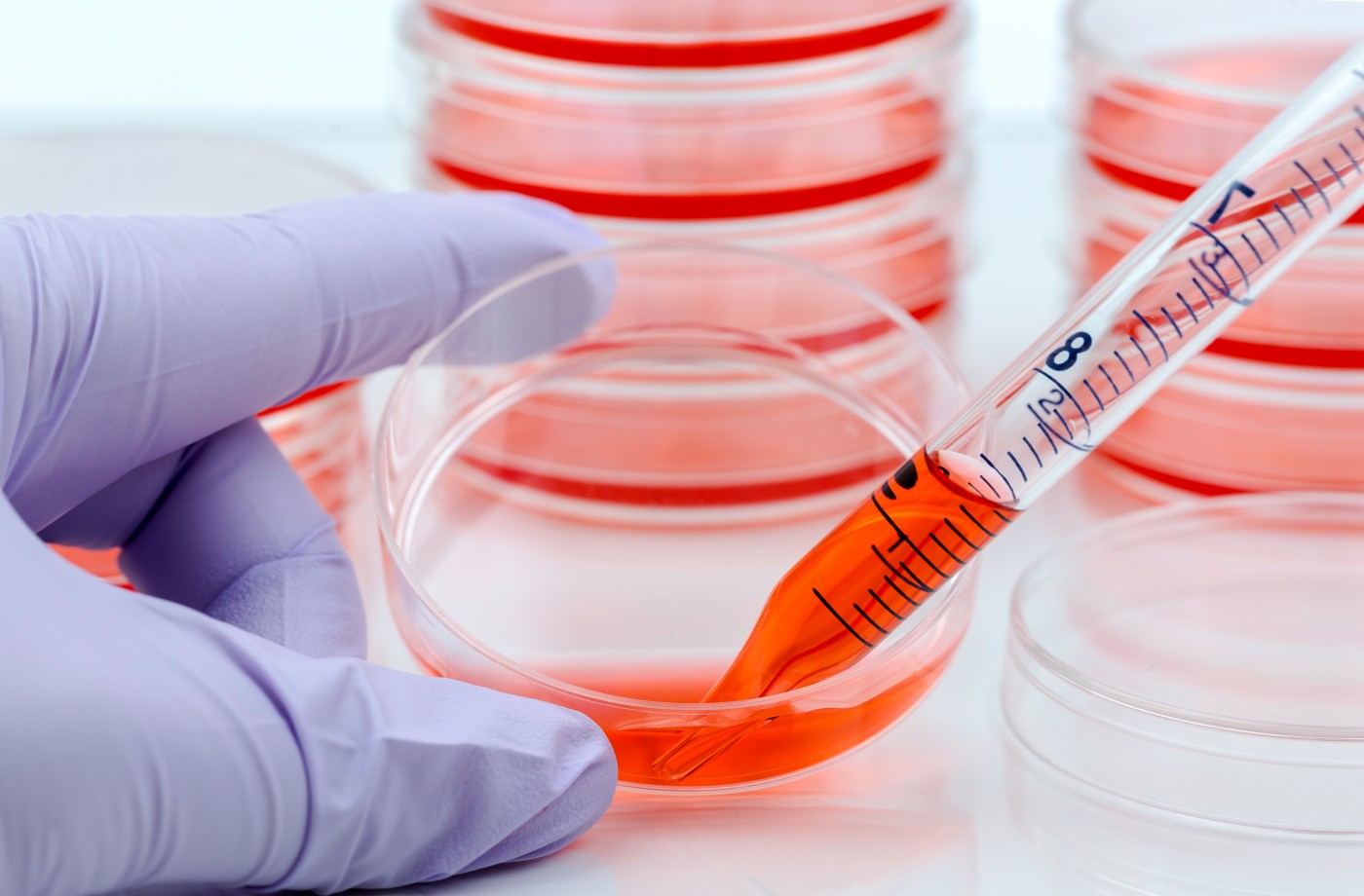Key Neuromuscular Junction Found To Be Impaired in SMA

 Researchers in the Division of Pharmacology, Department of Biochemistry and Molecular Biology at Kobe University Graduate School of Medicine in Japan are looking at ways of modeling spinal muscular atrophy (SMA) using cells derived from SMA patients. In a recent report published in Stem Cell Reports, lead author Dr. Michiko Yoshida and colleagues identified that aceteylcholine receptor clustering is impaired in their model of SMA.
Researchers in the Division of Pharmacology, Department of Biochemistry and Molecular Biology at Kobe University Graduate School of Medicine in Japan are looking at ways of modeling spinal muscular atrophy (SMA) using cells derived from SMA patients. In a recent report published in Stem Cell Reports, lead author Dr. Michiko Yoshida and colleagues identified that aceteylcholine receptor clustering is impaired in their model of SMA.
“Thus, the current in vitro model of acetylcholine receptor clustering using SMA patient-derived iPSCs is useful to dissect the pathophysiological mechanisms underlying the development of SMA, and to evaluate the efficacy of new therapeutic approaches,” noted Dr. Yoshida in the article, “Modeling the Early Phenotype at the Neuromuscular Junction of Spinal Muscular Atrophy Using Patient-Derived iPSCs.” One of these potential therapies may be valproic acid and antisense oligonucleotide, two treatments the researchers applied to SMA-derived cells that improved the clustering defect and increased the expression of full-length SMN gene transcripts.
First, the researchers took a sample of fibroblasts from two SMA patients and then reprogrammed the cells into induced pluripotent stem cells (iPSCs). These stem cells were then manipulated into motor neurons using previously defined protocols. Although the cells were from SMA patients, the cells continued to thrive as motor neurons and were similar to motor neurons derived from otherwise normal patients.
What was different was the clustering of acetylcholine receptors observed at neuromuscular junctions between neurons and muscle cells. “The SMA-iPSC-derived motor neurons induced far less acetylcholine receptor clustering in myotubes than control iPSC-derived motor neurons did at 40, 50, or 60 days of differentiation,” wrote Dr. Yoshida. Clusters were smaller and fewer in number when compared to those formed by control cells.
[adrotate group=”3″]
Interestingly, the lack of clusters did not induce motor neuron loss in the absence of muscle cells, and low acetylcholine receptor cluster was identified without motor neuron loss. This suggests that motor neurons are functionally impaired in terms of their ability to form neuromuscular junctions.
To use these results in a clinical context, the researchers applied two drug candidates that have been shown to alleviate pathologies of the neuromuscular junction: valproic acid and phosphorodiamidate morpholino oligonucleotides (PMOs). These both enhanced the expression of survival motor neuron protein.
“We consider that these data indicate the potential therapeutic advantages of PMO for SMA patients,” wrote Dr. Yoshida. “Overall, the neuromuscular junction-like structure morphology could be useful for evaluating new therapeutic approaches for SMA.We consider that these data indicate the potential therapeutic advantages of PMO for SMA patients. Overall, the neuromuscular junction-like structure morphology could be useful for evaluating new therapeutic approaches for SMA.”







